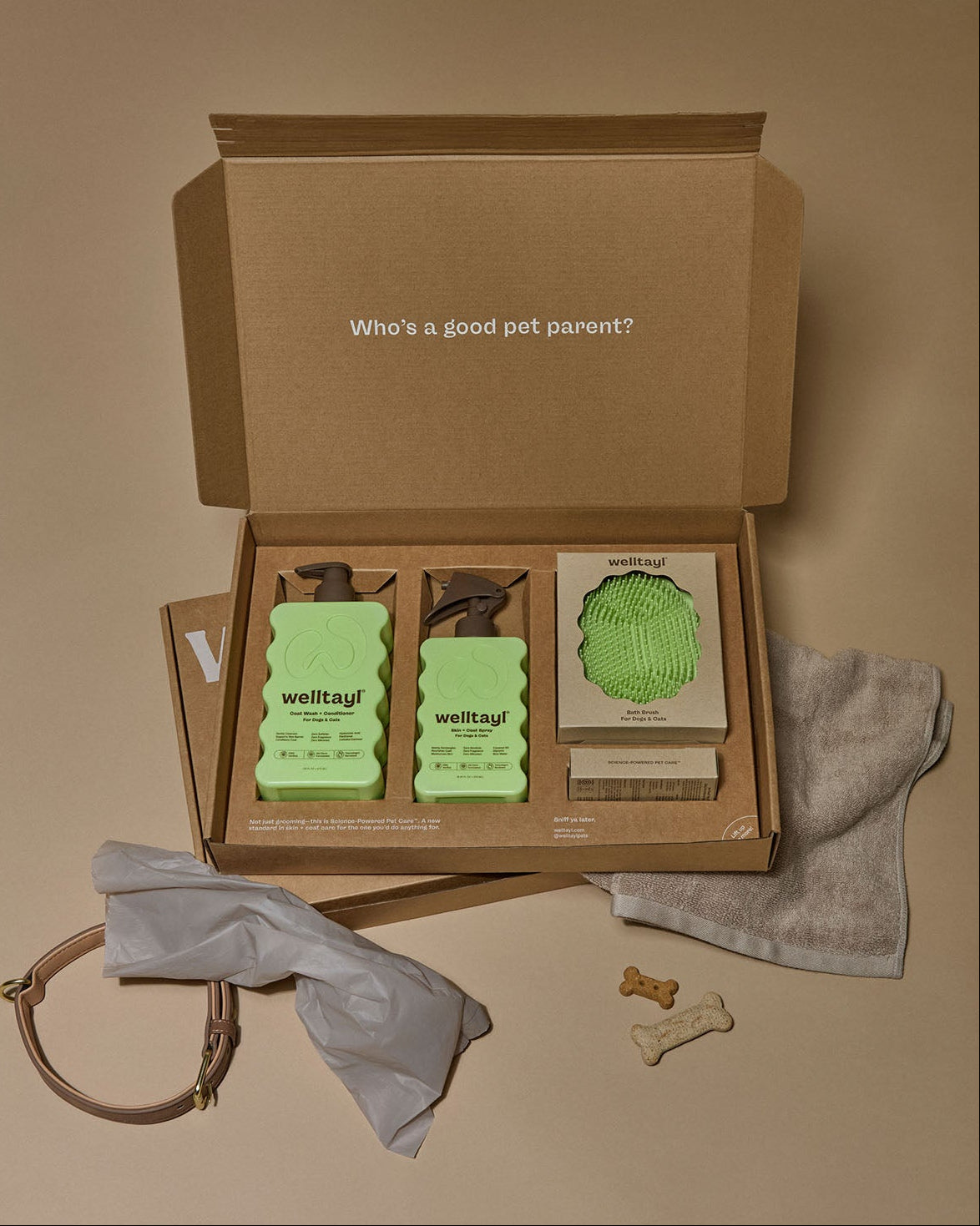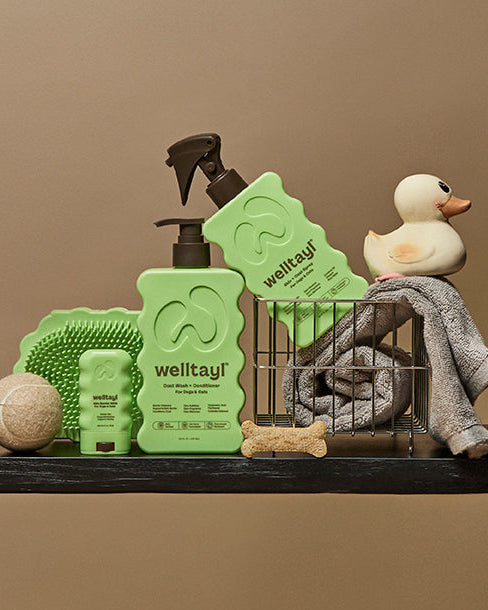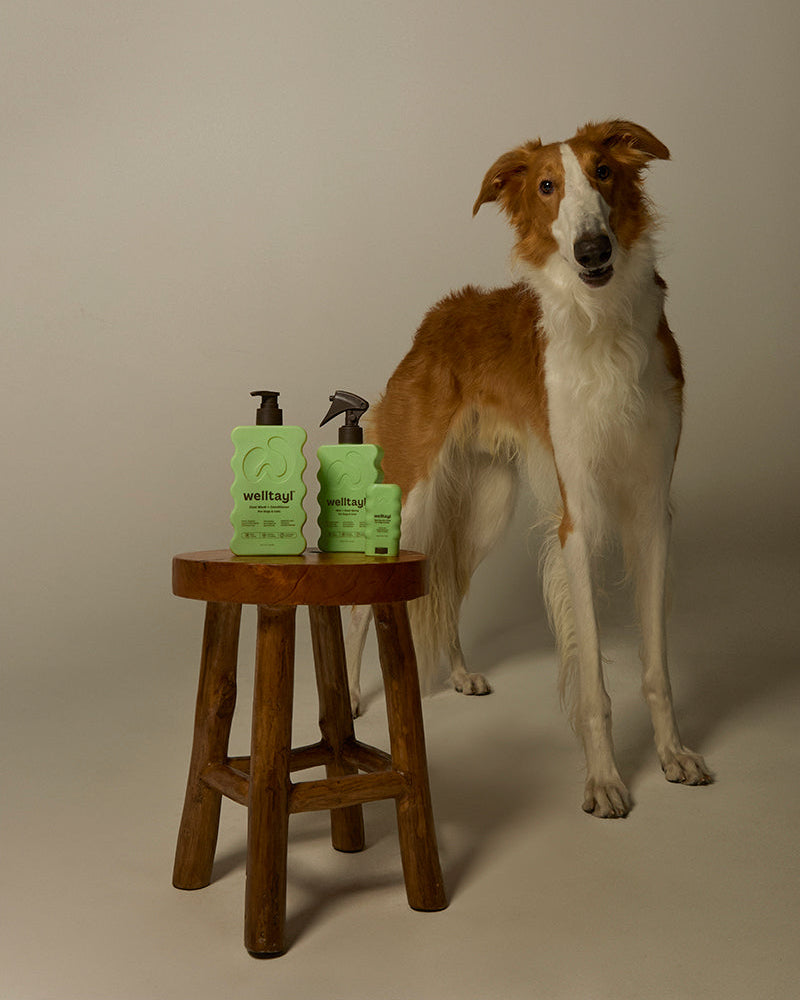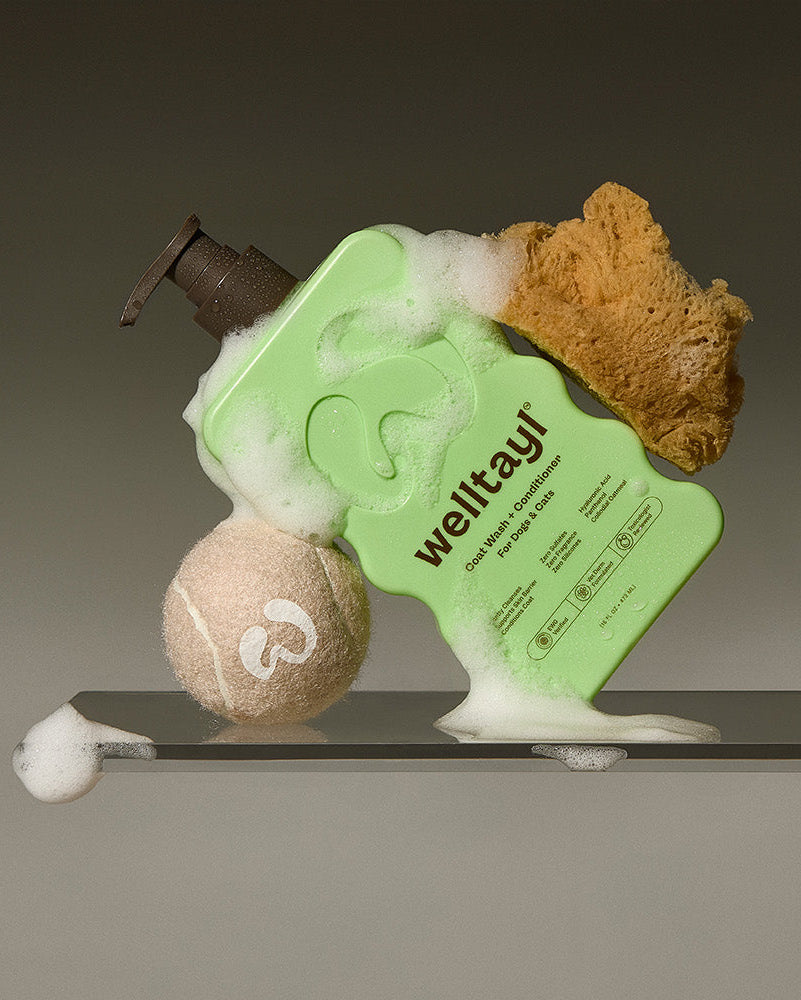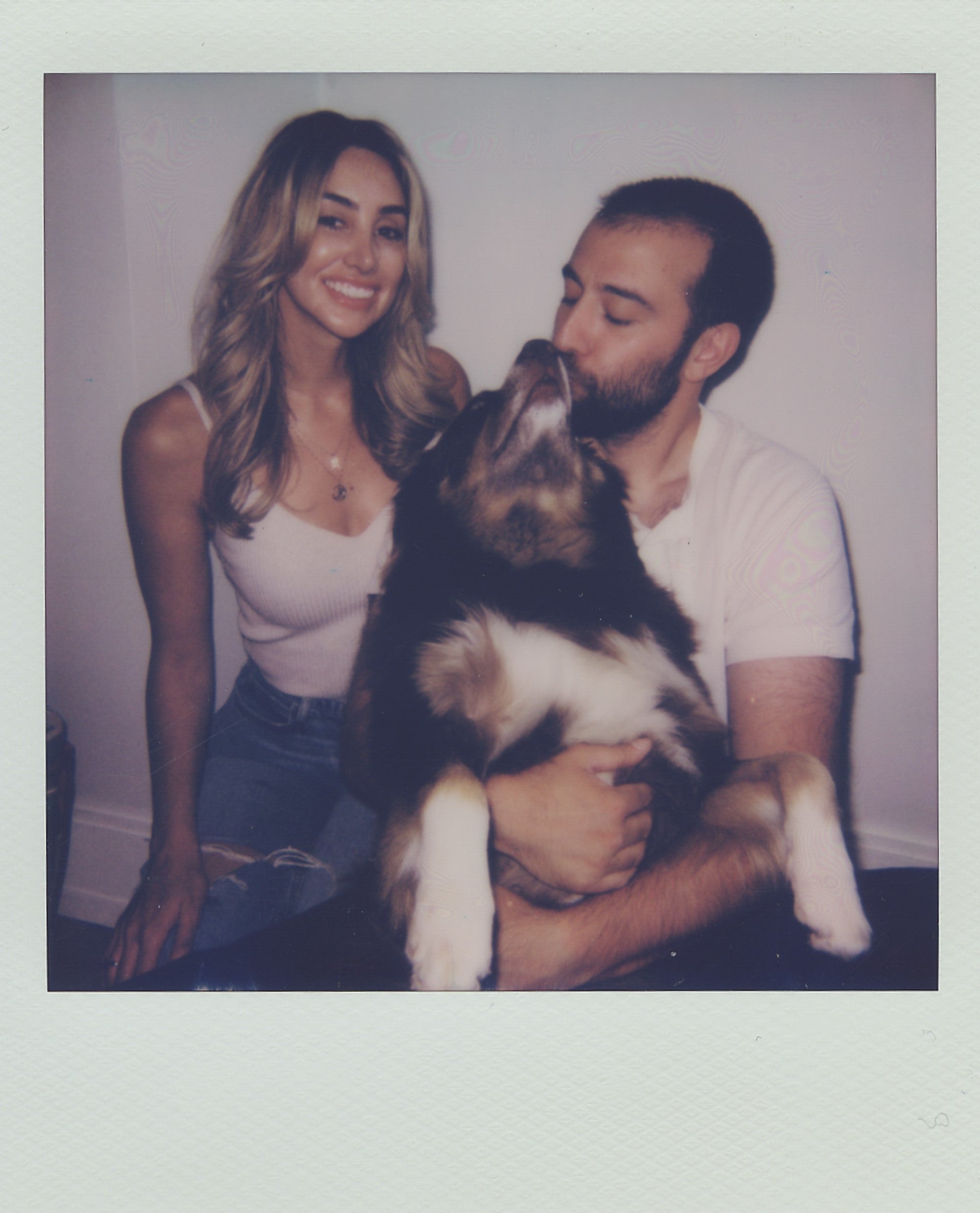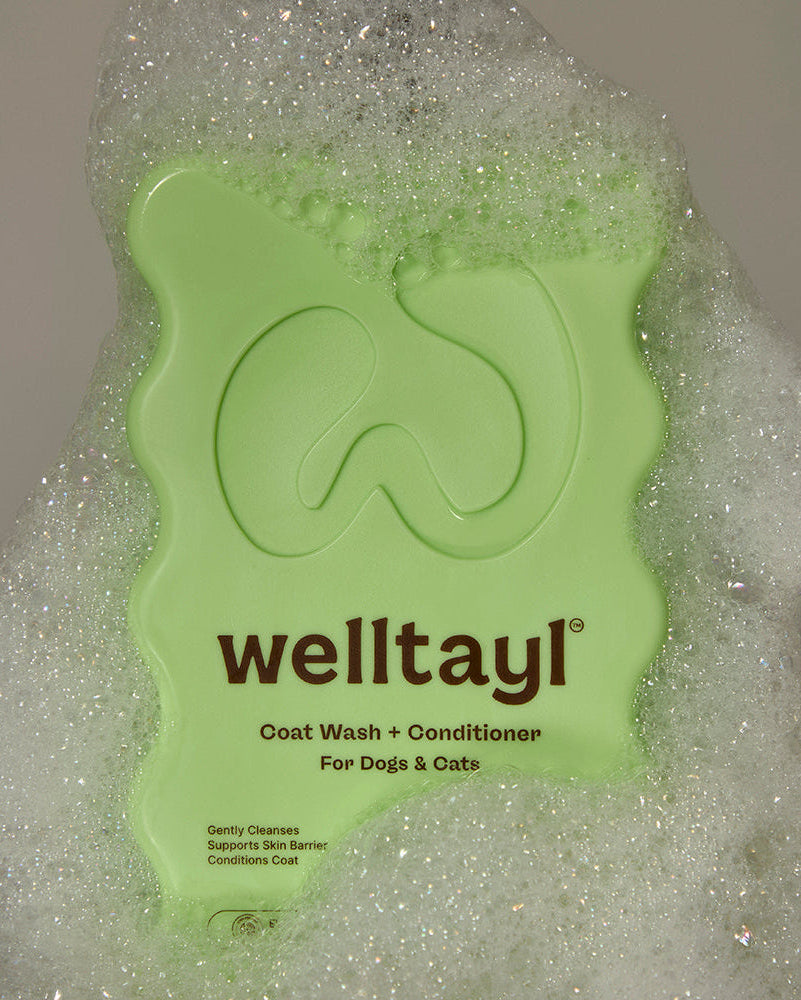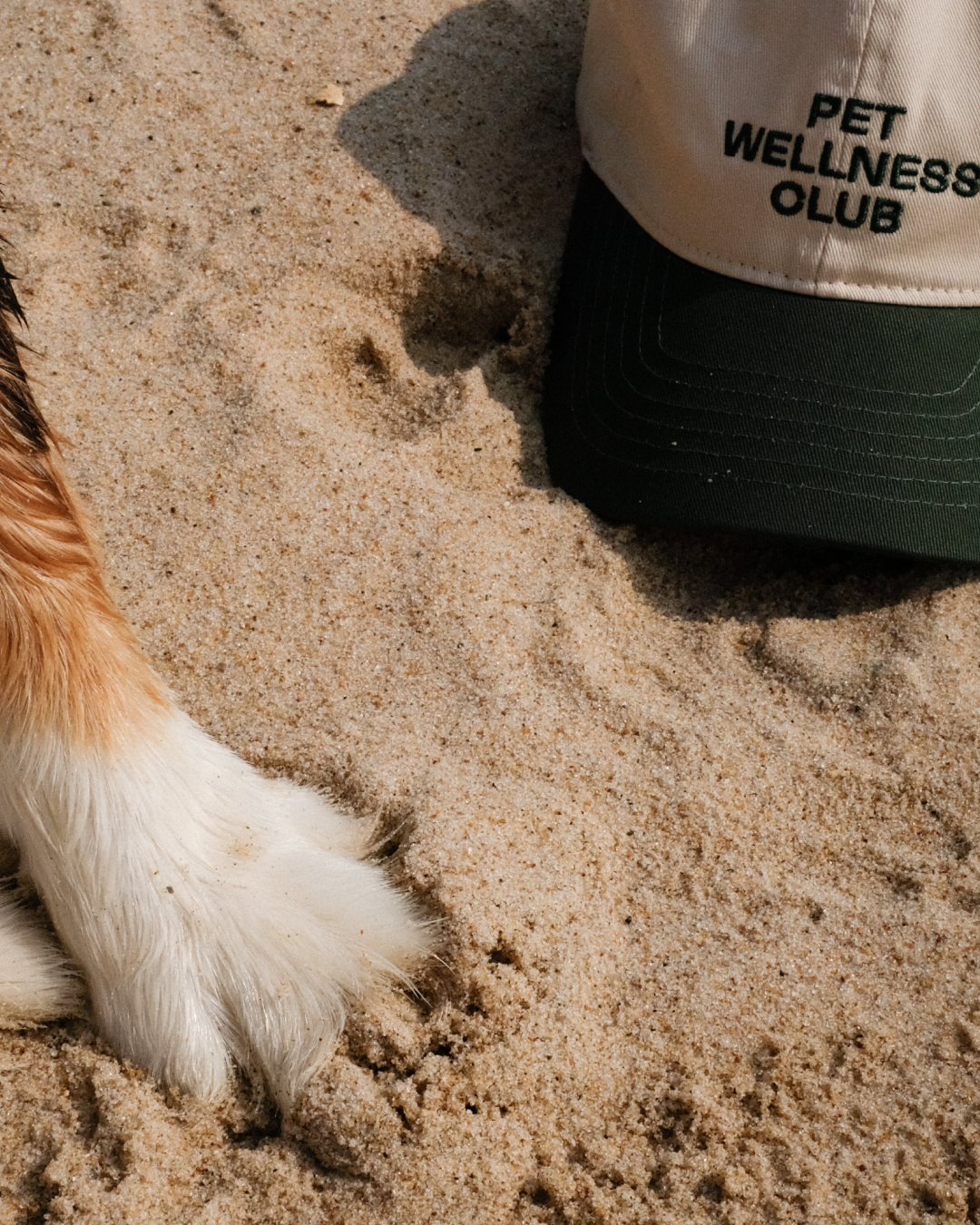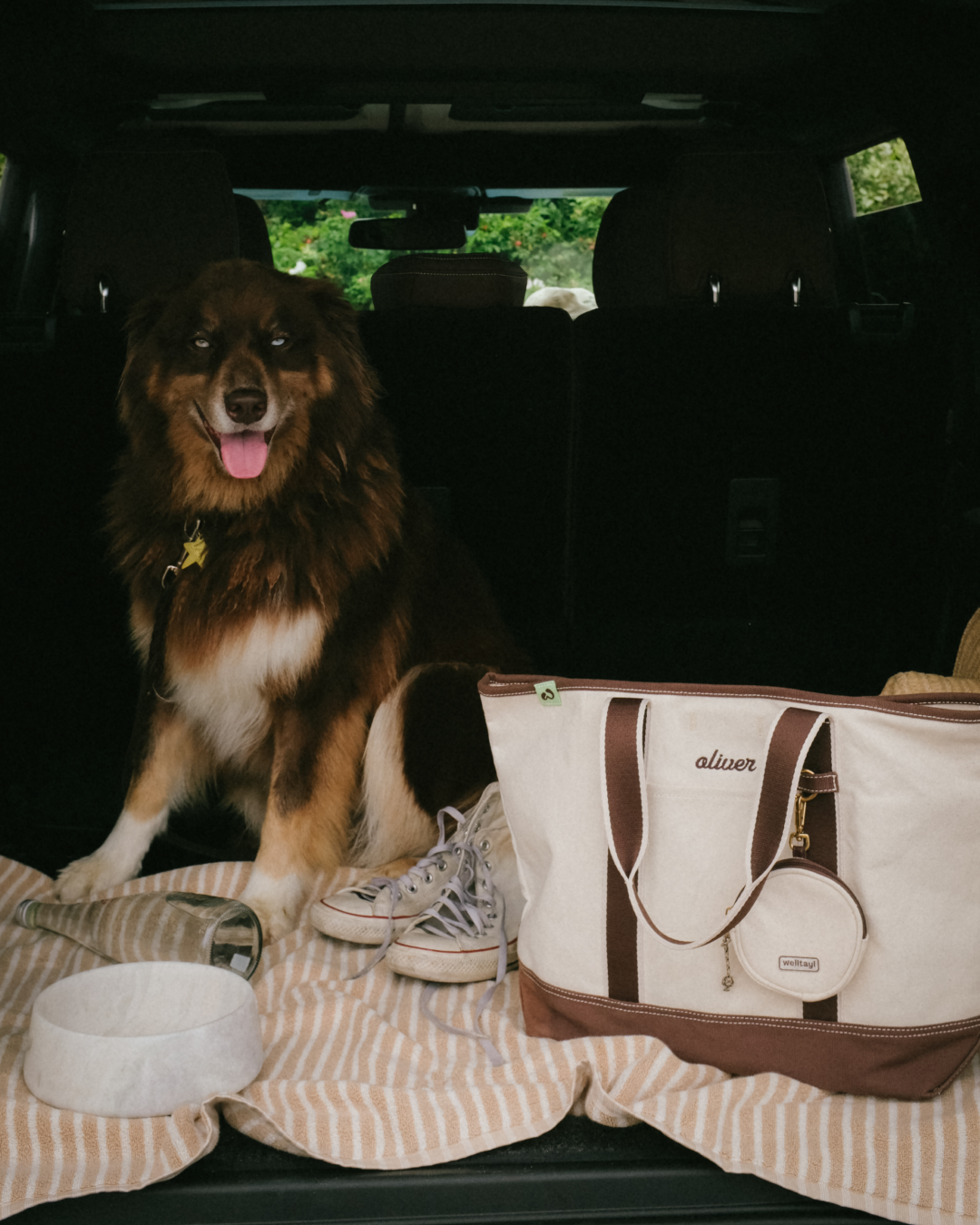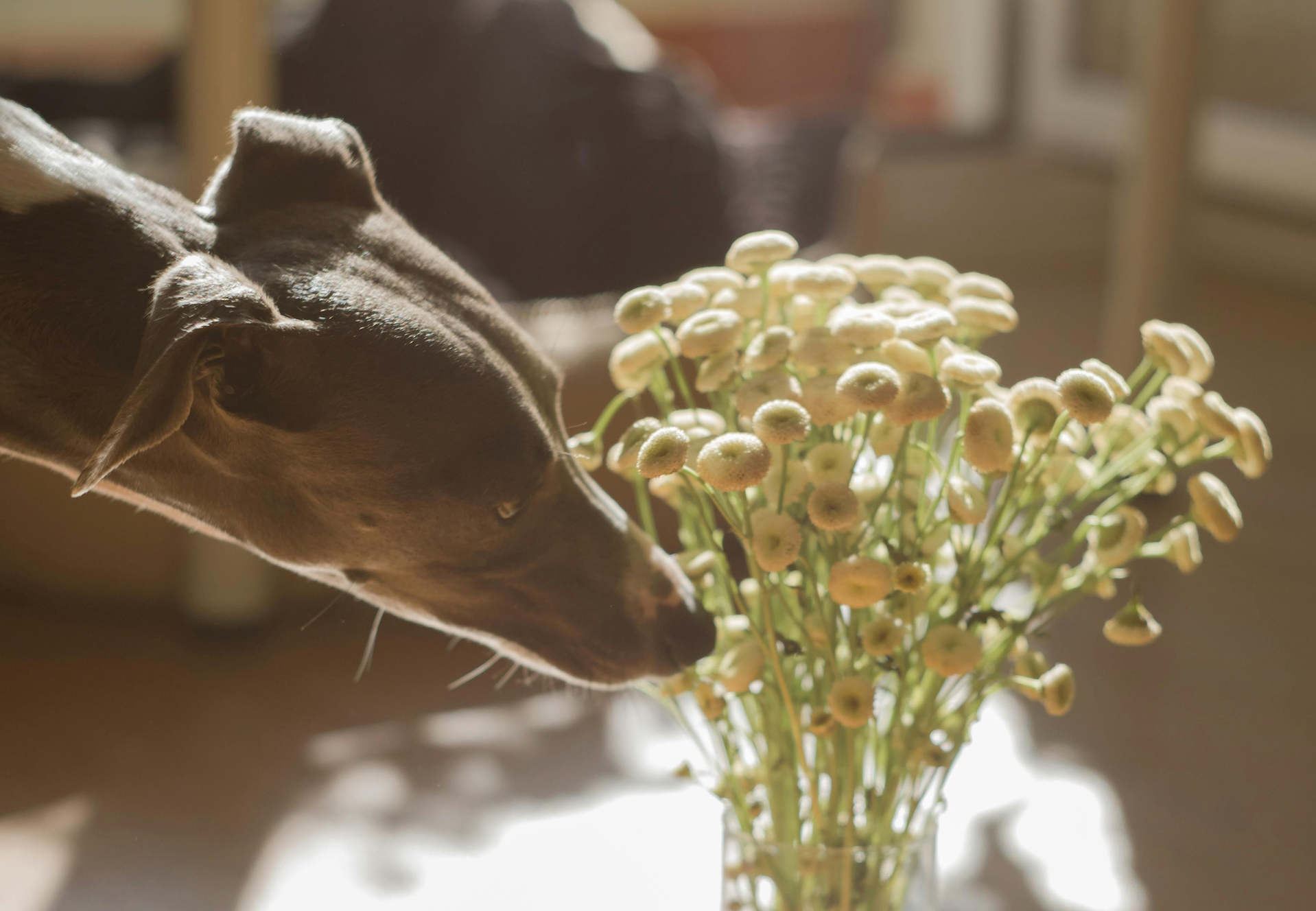Dogs are curious creatures, always sniffing around and exploring their environment. While this adventurous spirit is part of what makes them so lovable, it can also lead them into trouble, especially when they come across things that are toxic to them. Many common household items and foods that we handle every day can be harmful to our furry friends.
Understanding what is toxic to dogs helps you protect them from harm. By being mindful of what your pup has access to, you can prevent accidents and ensure they stay happy and healthy.
Table of Contents:
- 5 Common Toxic Foods for Dogs
- What Household Items are Toxic to Dogs?
- Poisonous Plants for Dogs
- Symptoms of Toxicity in Dogs
- Immediate Actions if Your Dog is Poisoned
- Conclusion
- Frequently Asked Questions
Key Takeaways
- 🍫 Common Foods to Avoid: Dogs should never consume chocolate, grapes, raisins, onions, garlic, or foods containing xylitol and macadamia nuts, as these can cause serious health issues like vomiting, seizures, and kidney failure.
- 🧽 Household Dangers: Cleaning products, rodenticides, insecticides, and even human medications can be toxic to dogs. Ensure these substances are stored securely out of reach to prevent accidental ingestion.
- 🪴 Harmful Plants: Many household and garden plants, such as Azaleas, Oleander, Tulips, Daffodils, and Sago Palms, are poisonous to dogs and can cause severe health issues.
- 🤒 Symptoms of Toxicity: Be alert for signs of poisoning such as vomiting, diarrhea, lethargy, seizures, and unusual behavior. Quick identification and action are crucial.
- ❗️Immediate Response: If you suspect your dog has ingested something toxic, stay calm, remove potential poisons, and seek veterinary assistance promptly. Contact services like the ASPCA's Animal Poison Control Center or Pet Poison Helpline for expert guidance.

5 Common Toxic Foods for Dogs
Dogs sometimes find tasty treats that aren't good for them. Many common foods can be harmful to dogs and understanding which ones could save your pet's life. Let's dive into the specifics.
Chocolate, Coffee, and Caffeine
Chocolate contains theobromine, something dogs can't break down well. Even small pieces of dark or baking chocolate, which contain more theobromine, can make dogs very sick, causing vomiting, diarrhea, and sometimes even seizures. Caffeine, a methylxanthine found in coffee, some sodas, energy drinks, and tea, can lead to hyperactivity and irregular heartbeats.
Grapes and Raisins
Grapes might seem like healthy snacks, but they can cause serious kidney problems in dogs. This goes for all types of grapes, including raisins, sultanas, currants, etc. Even small amounts can cause a dog harm, so it is best to keep all grapes away from your dog completely.
Onions, Garlic, and Chives
Whether raw or cooked, onions, garlic, and chives can cause stomach upset and damage to a dog's red blood cells. Due to their ability to cause such harm, it’s best to just avoid them altogether.
Xylitol
Xylitol is an artificial sweetener in sugar-free candy, gum, and some peanut butters. After ingesting xylitol, dogs can experience a sudden drop in blood sugar, leading to loss of coordination and seizures. It can also harm the liver. Always check food labels to keep your dog safe.
Macadamia Nuts
Macadamia nuts contain unknown toxins that can cause vomiting, lethargy, muscle weakness or tremors, and panting, even in tiny amounts. Best practice is to avoid giving your dog any nuts, as they generally have a high fat content which isn't ideal for a canine’s overall health, but mostly their pancreas.
What Household Items are Toxic to Dogs?
Certain substances within your home can be extremely dangerous to dogs. Understanding these hazards helps keep your furry friend safe from accidental poisoning.
Cleaning Products
Household cleaners can pose significant risks to dogs. Products like bleach cause stomach and respiratory tract irritation if ingested. Paint thinner and solvents can lead to chemical burns and stomach upset, and pool chemicals can result in severe gastrointestinal issues. Always secure cleaning products away from pets to prevent accidental ingestion.
Rodenticides and Insecticides
Poison used to control pests can be lethal to dogs as well. Certain rodenticides lead to severe internal bleeding or neurological damage, and insecticides can cause vomiting, diarrhea, and even seizures. Store these substances in inaccessible areas and ensure your pets don't wander into recently treated spaces.
Human Medications
Certain medications left within reach can be hazardous. Nonsteroidal anti-inflammatory drugs (NSAIDs) like ibuprofen can result in stomach ulcers and liver failure in dogs. Antidepressants and ADHD medications cause neurological and heart issues. Keep all medicines securely stored to prevent any accidental ingestion.

Poisonous Plants for Dogs
Several common plants can pose significant dangers to your dog. For example, Azaleas and Rhododendrons, though beautiful, contain grayanotoxins that cause vomiting and diarrhea, and can even lead to coma in severe cases. Oleander is another dangerous plant, containing cardiac glycosides like oleandrin, which can result in fatal heart problems and muscle tremors.
Tulips and Daffodils are not just lovely spring flowers; their bulbs can cause severe stomach issues and increased heart rates when ingested. The infamous Sago Palm is highly toxic, with its seeds causing vomiting, seizures, and liver failure. Even a few seeds can be lethal to your pet.
Below are some other common plants that can be harmful to dogs:
- Aloe Vera
- Amaryllis
- Caster Bean
- Chrysanthemum
- Cyclamen
- Corn Plant
- Daphne
- Dogbane
- English Ivy
- Foxglove
- Golden Pothos
- Hyacinth and Tulip (especially the bulbs)
- Hydrangea
- Kalanchoe
- Lilies: Daylily, Gloriosa Lily, Lily-of-the-Valley, Peace Lily, True Lily
- Mother-in-Law’s Tongue
- Mountain Laurel
- Oleander
- Philodendron
- Poinsettia
- Rhododendron and Azalea
- Rosary Pea
- Sago Palm
- Schefflera
- Stinging Nettle
- Yew Bush
Keeping these plants out of reach is crucial for your pet's safety.
Symptoms of Toxicity in Dogs
Dogs can experience various symptoms when exposed to toxic substances. Digestion issues are common, including vomiting, diarrhea, and sometimes blood in the stool. Bruising can occur, most notably on the gums or the less hairy areas of the body, like the stomach. Sometimes bleeding can occur in severe cases.. Lethargy or hyperactivity may also be present, reflecting changes in behavior based on what was ingested. Seizures are possible in severe cases.
Certain toxic foods, like chocolate, can cause vomiting, diarrhea, and even seizures due to methylxanthines. Xylitol leads to a rapid drop in blood sugar, resulting in weakness and seizures. Grapes and raisins can cause kidney failure, leading to symptoms like vomiting and trembling. Onions and garlic may trigger gastrointestinal irritation and to damage red blood cells, causing anemia.
When you know your dog ate something toxic, gather information, including what exactly was ingested, how much and when, to discuss with your veterinarian. For quick help, contact your veterinarian, an emergency veterinarian, or services like the ASPCA's Animal Poison Control Center or the Pet Poison Helpline, operated by veterinarians experienced with toxic substances.
Immediate Actions if Your Dog is Poisoned
When your dog encounters something toxic, quick action helps promote their recovery. Keep calm and remove any remaining poisonous substance from your dog's area. Gather wrappers or ingredient lists to provide detailed information to your veterinarian. If possible, collect any vomit samples, as these assist in determining the toxin if unknown.
Contact your veterinarian or an emergency veterinary clinic without delay. In the US, you can also reach out to the ASPCA's Animal Poison Control Center at 888-426-4435 or the Pet Poison Helpline at 855-764-7661. These lines are open 24/7 and offer expert advice.
Be ready to provide information about your dog's age, breed, and weight, as well as details about the poisoning incident. In some cases, if you cannot get to a veterinary hospital fast enough, you may be advised to induce vomiting by a professional, but never try this on your own. If the toxic substance is on your dog's fur or skin, wash them with soap and water to reduce exposure.
Acting swiftly and getting professional help enhance the chances of a positive outcome when your dog ingests a toxic substance.
Conclusion
Protecting your dog from toxic substances is an essential part of responsible pet ownership. By staying informed about common household dangers and recognizing the signs of toxicity, you can create a safer environment for your furry friend. Always consult a veterinarian if you suspect your dog has ingested something harmful. Taking quick and informed action can make all the difference in ensuring your pet's well-being. Remember, prevention is key, so keep potentially dangerous items out of reach and stay vigilant about your dog's surroundings. Your proactive efforts will help keep your beloved pet healthy and safe.
Stay Updated with More Pet Knowledge!
For more dog info and knowledge, consider signing up for the Welltayl newsletter. It's packed with helpful advice tailored for dog owners like you, ensuring your pets stay healthy and happy. Sign up today and keep up to date with the latest in pet care.
Frequently Asked Questions
What common foods are toxic to dogs?
Several common foods are toxic to dogs, including chocolate, grapes, raisins, onions, garlic, and chives. Chocolate contains theobromine, a compound harmful to dogs, while grapes and raisins can cause kidney failure. Onions, garlic, and chives can damage red blood cells, leading to anemia.
Is xylitol harmful to dogs?
Yes, xylitol is extremely harmful to dogs. This artificial sweetener can cause a rapid and dangerous drop in blood sugar levels. It is often found in sugar-free gum, candy, and some baked goods, so it’s crucial to keep these products away from dogs.
Can cleaning products be dangerous for dogs?
Absolutely, cleaning products like bleach and paint thinner can be highly dangerous to dogs if ingested. They might cause severe gastrointestinal and respiratory issues. It’s important to store these and other household chemicals safely out of a pet's reach.
What plants should I keep away from my dog?
Keep plants like Azaleas, Rhododendrons, Oleander, Tulips, Daffodils, and Sago Palms away from dogs. These plants contain toxins that can lead to symptoms ranging from vomiting and diarrhea to severe heart problems and liver failure.
How can I tell if my dog has been poisoned?
Symptoms of poisoning can include vomiting, diarrhea, lethargy, hyperactivity, or seizures. Different toxins may cause specific symptoms.
What immediate actions should I take if my dog is poisoned?
Stay calm and remove any remaining toxic substances. Gather as much information as possible about the substance ingested. Contact your veterinarian immediately, or call an emergency service like the ASPCA Animal Poison Control Center. Do not induce vomiting unless instructed by a vet.
Resources:
Read more

Discover ways to calm your anxious dog at night. From calming techniques to creating a comfy sleep environment, help your dog relax. Learn more.
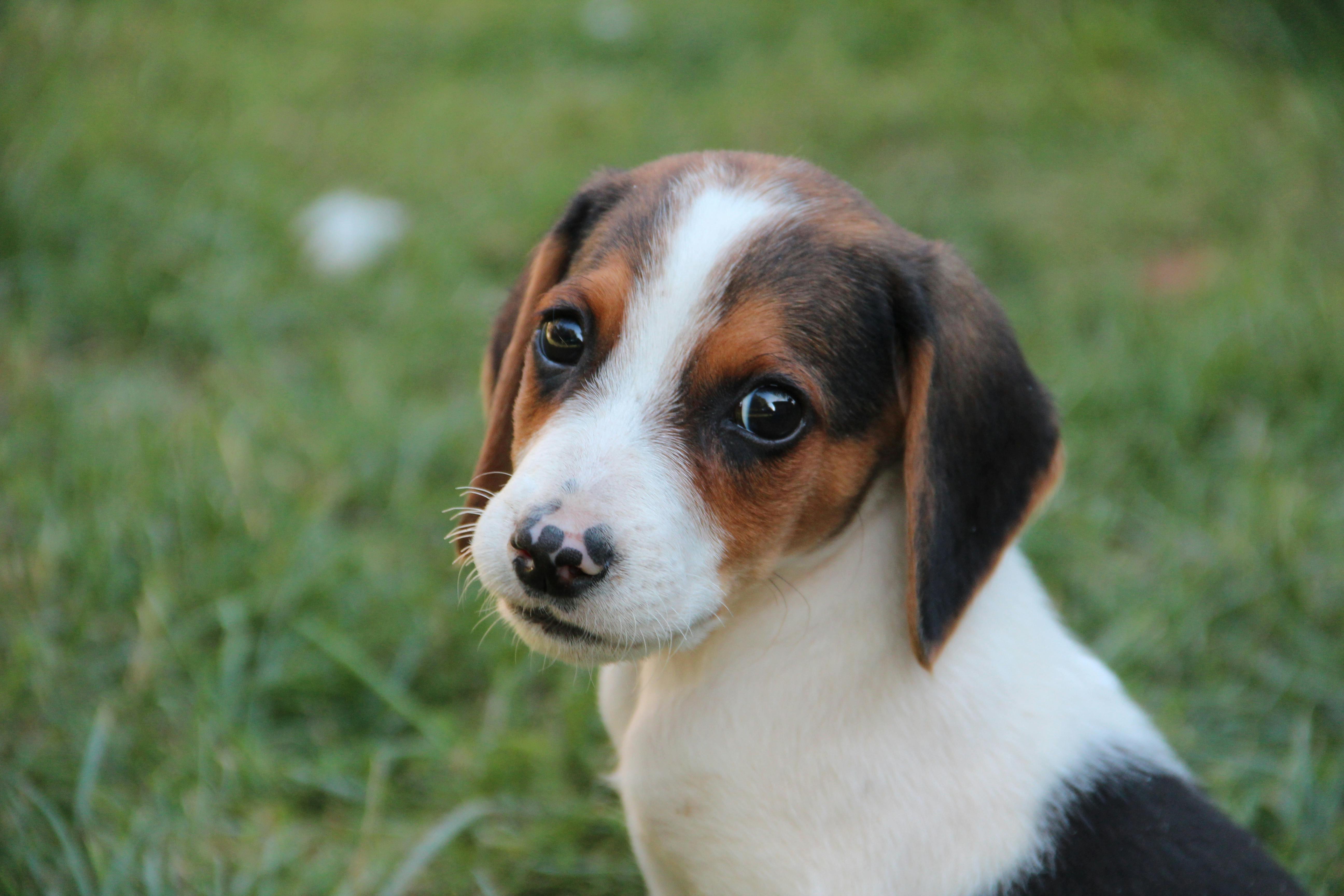
Discover the top 10 longest-living dog breeds and learn how genetics, diet, and care contribute to an impressive lifespans. Promote your dog’s health with us!

